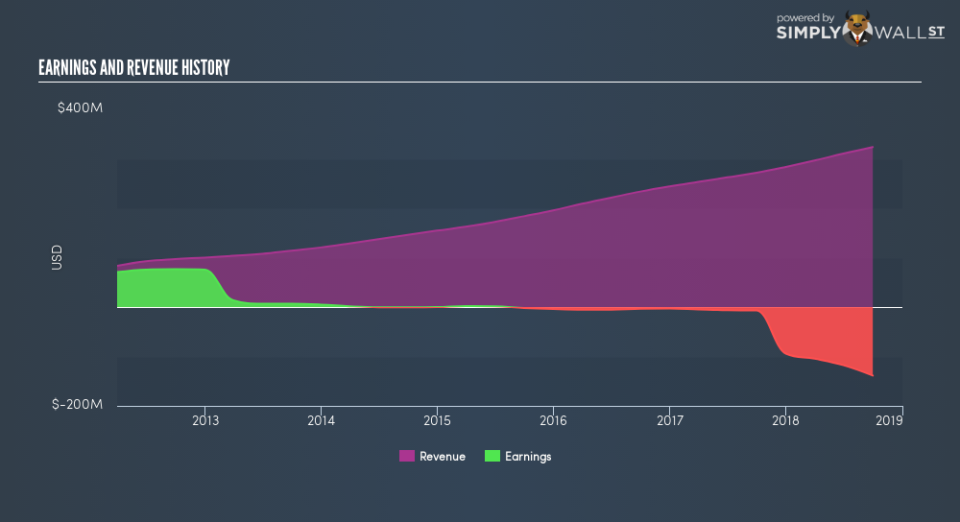8×8, Inc. (NYSE:EGHT): What Does Its Beta Value Mean For Your Portfolio?

If you’re interested in 8×8, Inc. (NYSE:EGHT), then you might want to consider its beta (a measure of share price volatility) in order to understand how the stock could impact your portfolio. Volatility is considered to be a measure of risk in modern finance theory. Investors may think of volatility as falling into two main categories. First, we have company specific volatility, which is the price gyrations of an individual stock. Holding at least 8 stocks can reduce this kind of risk across a portfolio. The second sort is caused by the natural volatility of markets, overall. For example, certain macroeconomic events will impact (virtually) all stocks on the market.
Some stocks see their prices move in concert with the market. Others tend towards stronger, gentler or unrelated price movements. Beta is a widely used metric to measure a stock’s exposure to market risk (volatility). Before we go on, it’s worth noting that Warren Buffett pointed out in his 2014 letter to shareholders that ‘volatility is far from synonymous with risk.’ Having said that, beta can still be rather useful. The first thing to understand about beta is that the beta of the overall market is one. A stock with a beta greater than one is more sensitive to broader market movements than a stock with a beta of less than one.
Check out our latest analysis for 8×8
Want to help shape the future of investing tools and platforms? Take the survey and be part of one of the most advanced studies of stock market investors to date.
What we can learn from EGHT’s beta value
Zooming in on 8×8, we see it has a five year beta of 0.83. This is below 1, so historically its share price has been rather independent from the market. This suggests that including it in your portfolio will reduce volatility arising from broader market movements, assuming your portfolio’s weighted average beta is higher than 0.83. Beta is worth considering, but it’s also important to consider whether 8×8 is growing earnings and revenue. You can take a look for yourself, below.
Could EGHT’s size cause it to be more volatile?
8×8 is a small company, but not tiny and little known. It has a market capitalisation of US$1.9b, which means it would be on the radar of intstitutional investors. Small cap stocks ofthen have a higher beta than the overall market. However, small companies can also be strongly impacted by company specific developments, which can move the share price in ways that are unrelated to the broader market. That could explain why this one has a low beta value.
What this means for you:
The 8×8 doesn’t usually show much sensitivity to the broader market. This could be for a variety of reasons. Typically, smaller companies have a low beta if their share price tends to move a lot due to company specific developments. Alternatively, an strong dividend payer might move less than the market because investors are valuing it for its income stream. This article aims to educate investors about beta values, but it’s well worth looking at important company-specific fundamentals such as 8×8’s financial health and performance track record. I highly recommend you dive deeper by considering the following:
Future Outlook: What are well-informed industry analysts predicting for EGHT’s future growth? Take a look at our free research report of analyst consensus for EGHT’s outlook.
Past Track Record: Has EGHT been consistently performing well irrespective of the ups and downs in the market? Go into more detail in the past performance analysis and take a look at the free visual representations of EGHT’s historicals for more clarity.
Other Interesting Stocks: It’s worth checking to see how EGHT measures up against other companies on valuation. You could start with this free list of prospective options.
To help readers see past the short term volatility of the financial market, we aim to bring you a long-term focused research analysis purely driven by fundamental data. Note that our analysis does not factor in the latest price-sensitive company announcements.
The author is an independent contributor and at the time of publication had no position in the stocks mentioned. For errors that warrant correction please contact the editor at editorial-team@simplywallst.com.

 Yahoo Finance
Yahoo Finance 
